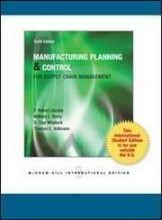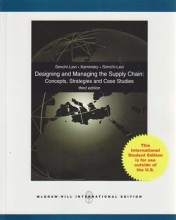Category sourcing: developing effective sourcing strategies - How to identify cost-savings potential
3 important questions on Category sourcing: developing effective sourcing strategies - How to identify cost-savings potential
How do you have to identify cost-savings potentials?
In assessing the cost-saving potential of a certain spend category, purchasing managers may use different criteria. Cost-savings potential may be dependent on the following factors:
-Modular versus component buying
-Buyer-supplier dependence
-Number of suppliers involved in last tender
-Scope of last tender
-Type and age of contract
-Market price versus cost price differential
Level of purchasing involvement
Which activities are required to conduct a feasibility study?
-Overview of current and future purchasing spend
-Most important stakeholders and actors involved
-Analysis of current supply base
-Future company requirements and needs
-Legalization that may affect requirements and buying process.
-Overview of resources that are needed to build and implement detailed category sourcing plan (identifies the sourcing strategy for a certain category)
Picture: purchasing prioritization matrix
The question on the page originate from the summary of the following study material:
- A unique study and practice tool
- Never study anything twice again
- Get the grades you hope for
- 100% sure, 100% understanding
































